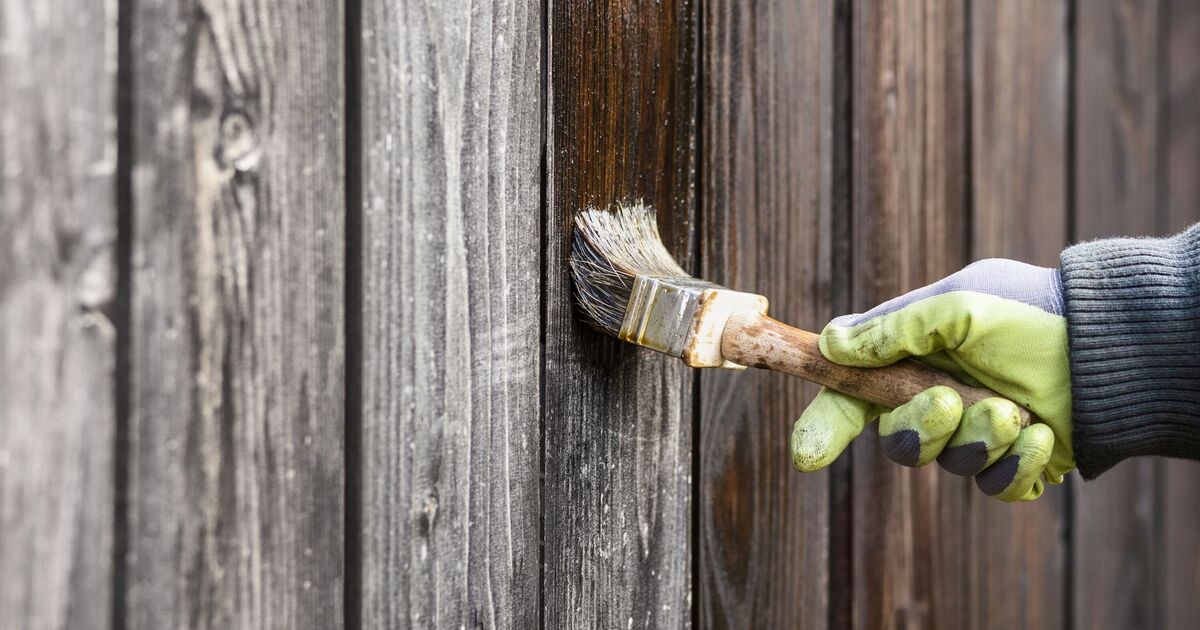Summer is upon us, and as nice as it is to have a pristine fence, there are some costly mistakes that should be avoided while painting it.
Paint & Interiors expert Anjelica Delfino, from valsparpaint.co.uk, has shared some mistakes we’re all making when painting the fence and how to reduce the cost of painting your fence.
1. Use a 5p household hack for a streak-free finish
Using a simple sponge to paint a fence is an excellent trick, especially if you’re not confident in your painting skills. It’s incredibly cost-effective, as you likely already have a sponge at home.
This method not only saves money but also helps avoid the streaky finish often seen on fences, particularly wooden ones.
2. Speak to your neighbours
Before you start painting your fence, it’s a good idea to notify or ask your neighbours if you share a fence with them.
Paint can seep through gaps or drip from the top, potentially leading to additional costs if you need to fix your neighbour’s side. This can also prevent disputes and maintain good neighbourly relations.
3. The cost of painting your fence
For an average-sized garden in the UK, repainting a full fence can cost between £180-£200 just for paint supplies.
This doesn’t include the extra time and money you might spend repainting your neighbour’s fence if any paint leaks through. Miscalculating these costs can result in an unfinished job.
4. Check the weather
Gardening and painting are often associated with nice summer days, but it can actually be too hot for painting a fence.
High temperatures can cause paint to dry too quickly and unevenly. The optimal temperature for this DIY task is between 5 and 10 degrees Celsius.
If you are not careful, you might have to start over, and paint stripper can cost up to £40 for just 2.5 litres, making it an expense worth avoiding.
5. Dry clean
It’s well-known that surfaces should be cleaned before painting them, but fences require a different approach.
Avoid using soap and water, as the fence must be completely dry before painting. Instead, use a stiff brush to remove as much dirt as possible, then sand the fence to ensure a smooth, clean surface.
If the paint doesn’t absorb properly, you’ll need to start again, wasting a good coat of paint.










